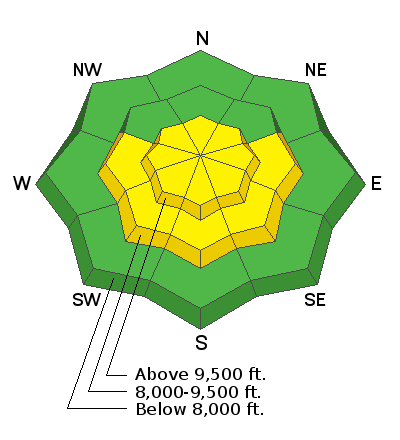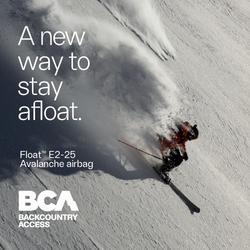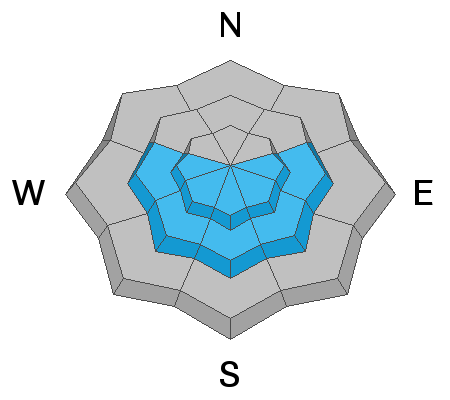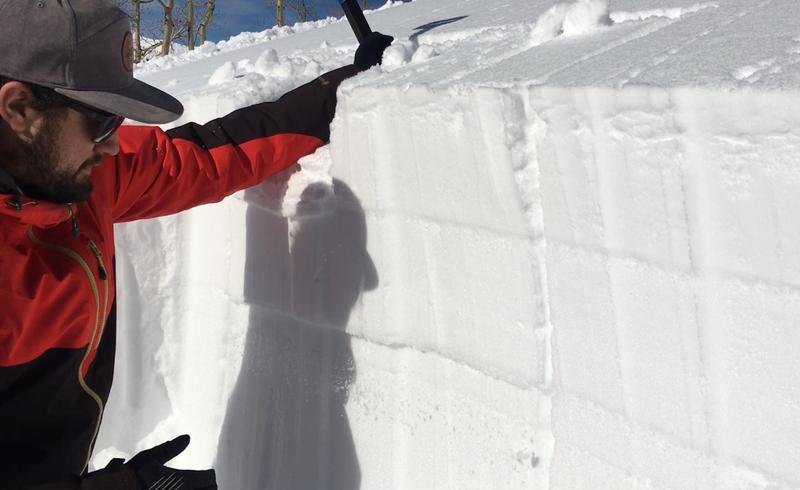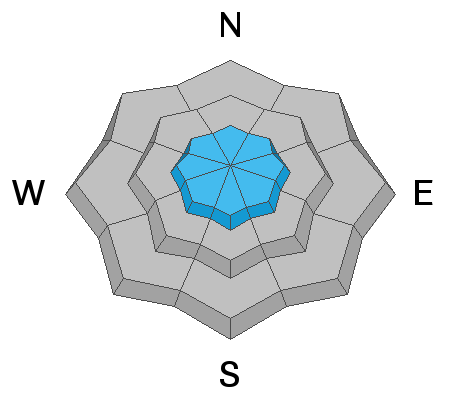A poor and unstable snow structure exists in variable terrain on east to south to some westerly facing aspects at the mid and upper elevations. Persistent weak layers of faceted grains exist adjacent to a melt-freeze crust now buried 8-16" deep beneath the settled storm snow since New Year's. This unusually active structure on the sunny aspects is responsible for at least a dozen avalanches with a number of very close calls in the central Wasatch.
The bad news: this structure is likely to continue to catch people off guard as it is more common to have active Persistent Weak Layers on the northerly aspects. Collapsing and cracking of this layering is less evident than before and the danger may be less obvious.
The good news: on northerly aspects, we can get lured into the danger because the skiing and riding conditions are so good. Currently the northerly aspects with the good snow are generally safe with some isolated exceptions (see below). The sunny aspects with the danger now also host poor riding conditions.
A great deal of uncertainty exists with this issue. This structure, while most prominent on southeast to southwest facing aspects, is variable and inconsistent from canyon to canyon and perhaps slope to slope. *Mark and Trent have an excellent observation from upper Snake Creek yesterday addressing this issue and how to look for this problem
HERE. Bo Torrey talks about the uncertainty with this unusual pattern
HERE.
I plan to avoid these areas that host these crusts (and poor skiing/riding) and instead recreate on non-wind drifted northerly terrain for now.
Photo of Trent looking at crusts (pcStaples)

